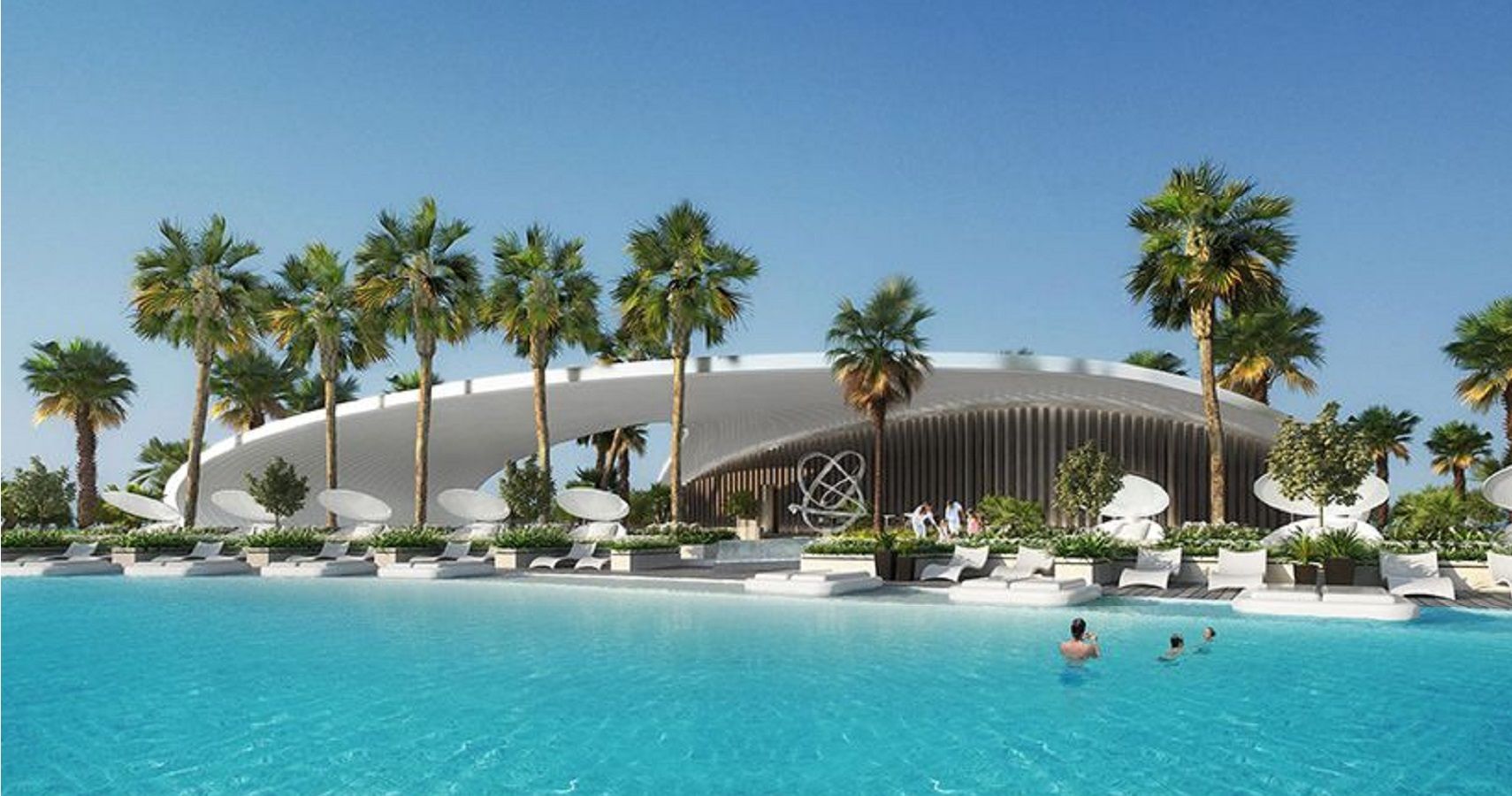Quick Links
Often touted as the world’s most ambitious regenerative project, The Red Sea project aims to be a luxury resort destination for travelers. It sets new standards for sustainable development. It combines tourism and hospitality by showcasing what nature can offer which is far from tons of tourism scams across the world. The project ensures that the environment won’t get destroyed because of the project.
The Red Sea Project features mountain canyons, dormant volcanoes, and ancient heritage sites as areas that travelers can visit. The resort boasts that it offers visitors the highest quality of accommodation and services, unrivaled by any other resort in the world.
The developers hope that it will bring about a new generation of travelers – one that could cement the reputation of the Kingdom of Saudi Arabia as the standard to achieve when it comes to luxury travel. But what exactly is The Red Sea Project, and why is it important to notice? Keep on reading to find out.
The Most Ambitious And Luxurious Project In The World
So far, The Red Sea Project is the Kingdom of Saudi Arabia’s most ambitious luxury travel destination. It is part of the Saudi Vision 2030 program, a strategic framework that aims to reduce Saudi Arabia’s dependence on oil and hopefully diversify its economy.
Prince Mohammad bin Salman, the Crown Prince of Saudi Arabia, announced the project in July 2017, claiming that The Red Sea Project focuses on combining luxury and ecotourism to attract travelers from all across the globe. The venture is projected to increase Saudi Arabia’s GDP by $5.86 billion each year upon its completion.
It is easy to see why the numbers would rise to the billions because The Red Sea Project covers over 28,000 km2 of islands, beaches, a desert, and mountains, and even offers dormant volcanoes as a tourist destination in the Kingdom of Saudi Arabia. Phase one of its construction is set to finish soon, with over 3,000 hotel rooms constructed alongside the Red Sea International Airport, a marina, and several recreational centers.
Not only that, but the developers project that the luxury resort would attract over a million visitors every year.The project started its construction on Tabuk province’s shores of the Red Sea, in particular, it sits between the cities of Umluj and Al-Wajh.
Over ninety pristine offshore islands can be found between those two cities, which will be part of The Red Sea Project. The ambitious luxury resort costs over $5 billion to make, which is quite a hefty investment for the Crown Prince. However, The Red Sea Project is expected to create more jobs and bring in more money to help Saudi Arabia’s economy.
The Phase One Of The Red Sea Project
Phase one of The Red Sea Project is almost complete. The family friendly resort already houses some 10,000 people – almost all were part of or are still working on the luxury resort. The mega project expects to create over 70,000 jobs which would hopefully help those struggling to find work amid the fluctuating global economy.
Phase One of this luxury project includes bringing several brands and hotels on board, such as Fairmont Hotels & Resorts, Raffles Hotels & Resorts, Grand Hyatt, and Intercontinental Hotels & Resorts. Altogether, the high-end portfolios of these hospitality brands will make up for more than 1,700 of the total 3,000 hotel rooms planned for the project.
Since construction is already underway, the developers plan on unveiling the entirety of the project by early 2023. The developers also share that they are working with the world’s leading hospitality brands and hotel operators to ensure the growth of the project and widen the opportunities available for the people working on the project. All of this, of course, takes nature into account and how it will get impacted by The Red Sea Project.
Phase one of the mega project also introduces a luxury marina, an 18-hole championship golf course, and an international airport. No need to avail the luxury lounges of airport across the world since you can directly enjoy lavish amenities at the megaresort. Upon its completion, the entire project will have a total of 50 resorts that offer up to 8,000 hotel rooms, and more than 1,000 residential properties sprawled across 22 islands and six inland sites. Now that is a lot to handle, but it seems that the Kingdom of Saudi Arabia is committed to making this project happen.
The Ecological Impact Of The $5 Billion Project
In line with the Saudi Arabia Vision 2030 program, the Red Sea Project’s developers are committed to making this luxury resort a sustainable tourist destination. The developers are keen to combine luxury travel with regenerative tourism development, ensuring that the project won’t impact the environment negatively.
The Red Sea Project will factor in global sustainability standards and assures its visitors that the resort will be committed to protecting, preserving, and enhancing the natural environment surrounding it. The developers state that they are uncompromising on this factor, from the planning to construction, and management, they planned that The Red Sea Project will always consider the ecosystem of the area.
Hence, several policies have been developed and adhered to, namely, 1.) There can be no waste-to-landfill areas; 2.) No discharges will be brought out to sea; 3.) No use of single plastic anywhere on the premises, and; 4.) The resort will work to achieve 100% carbon neutrality.
Despite their best efforts, the project still raises some concerns over its water consumption. The Kingdom of Saudi Arabia consumes about four times the water most countries need, and while the water consumed is naturally renewed, the mega project is expected to use 56,000 cubic meters of water each day. Nevertheless, The Red Sea Project’s developers have tried to settle down these concerns by pledging to contribute a 30% net conservation benefit to the area by 2040.
Sources: Sleeper Magazine, Save This Planet, The Red Sea

